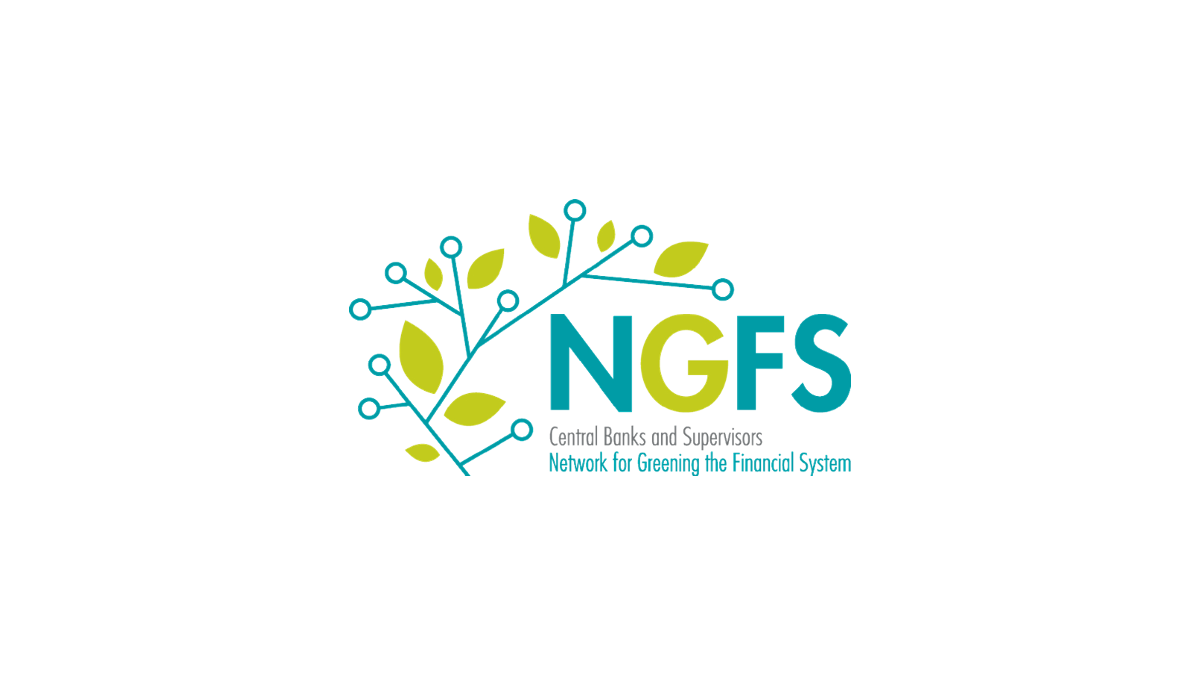Case Studies of Environmental Risk Analysis Methodologies
Case Studies of Environmental Risk Analysis Methodologies
10 September: Over the last few years, the idea that environment‐related risks can strand assets in different sectors of the global economy has become much more widely accepted. The threat of stranded assets, particularly from climate‐related physical and transition risks, has spurred work by financial supervisors and central banks. NGFS members have announced new supervisory expectations and climate stress tests to help improve the solvency of individual financial institutions, as well as the resilience of the financial system as a whole. We know we must act. But financial institutions and their supervisors are still at an early stage
in developing and deploying suitable datasets, models, and tools. We urgently need better data and analysis in order to properly measure and manage exposures to environment‐related risks.
There are barriers that need to be overcome and we know what these are: poor availability of consistent, comparable, and trusted data; costs of data and accessing resources to conduct analysis; missing standards and norms that hinder the use and flow of data; a lack of transparency into data and methods used, resulting in a trust deficit among users; and underdeveloped internal capabilities to analyse and interpret data and analysis to aid decision making.
The NGFS is committed to helping the entire global financial system quickly overcome these barriers, so environment‐related risks can be properly measured and managed, and that is why we are excited to see the publication of our first NGFS Occasional Paper, Case Studies of Environmental Risk Analysis Methodologies. This anthology contains dozens of examples of environmental risk analysis in practice, with chapters written by a wide range of different research providers and practitioners. The methods and tools they describe can be used by wide range of different financial institutions, including banks, asset managers and insurance companies. While we are not recommending any particular service or provider, the point of the paper is to showcase the scale and pace of innovation currently underway.
The Occasional Paper is relevant to all central banks, NGFS members, as well as non‐members. It offers valuable insight into the state of environmental risk analysis and many technical details that will be helpful for financial institutions and supervisors. The fact that it showcases the adoption of environmental risk analysis by some financial institutions in the world will also serve as an important inspiration for many others to follow suit. The views expressed in the Occasional Paper are those of the individual authors, and do not necessarily reflect the views of the members and observers of the NGFS.
Preface by Frank Eldson and Dr Ma Jun
Authors
Publisher
Published September 10, 2020
